Thousand-year-old drum song
“Our village holds a traditional festival/Visitors from all over the country/Come here to gather in one house/First to worship the Saint, then to enjoy the spring/Music blends with the ringing bells/Phoenixes fly, dragons dance, unicorns soar…” , having just finished introducing her hometown, Meritorious Artist Nguyen Thi Xuyen, Da Trach Military Drum Club, Khoai Chau District (Hung Yen Province) raised her hand to the armrest of her chair and sang the first part of the song “Celebrating the opening of the spring festival” and many traditional songs of Da Trach village’s military drum singing. The lively, energetic singing made the space full of excitement and joy.
Artist Nguyen Thi Xuyen said: Unfortunately, today all club members cannot participate in the performance so that the children can fully experience the beauty of singing the drum. Here, I sing a few examples of popular rhymes for the children to visualize, but in terms of the typical performance style of this type of singing, there are still many shortcomings in terms of music, number of participants as well as performance space...
Although we did not "live" in the traditional space, we - those who heard the "trong quan" singing for the first time - could somewhat imagine the excitement, eagerness, and passion of the artists who created the soul of the thousand-year-old song.
Hat Trong Quan is a popular style of singing and responding to love songs in the Red River Delta. According to legend, during the reign of the 3rd Hung King, Princess Tien Dung, while traveling along the Red River, had a strange encounter with a poor man named Chu Dong Tu. Later, the couple worked with the people to transform the vast reed fields and wild sandbanks into prosperous villages. Princess Tien Dung also taught the people how to grow rice, grow silk, weave cloth, and teach the song of Hat Trong Quan.
Trong Quan singing is easy to get into people's hearts because of its flexible, spontaneous melody, rising and falling in tune with the atmosphere of the festival night. With its close, simple singing style that brings high community cohesion, this singing style quickly developed, becoming a common cultural product of many regions. In addition to Hung Yen, neighboring provinces such as Hai Duong, Bac Ninh, Vinh Phuc also have this singing art.
Compared to the military drum singing in other regions, Hung Yen military drum singing is unique in that it both sings in response and creatively sings and asks, requiring the ability to improvise quickly and spontaneously, pushing the singing to its climax, leaving good impressions on both the singer and the listener. In particular, in 2016, Hung Yen military drum singing was recognized by the Ministry of Culture, Sports and Tourism as a National Intangible Cultural Heritage. This is the pride of the people of the "longan" homeland and also the motivation for each person to take more responsibility for preserving traditional folk art and culture.
Forever echoing the melody of Lang Khuoc Cheo
If you want to learn about the art of Cheo and witness the performers in your hometown, there is a place that visitors from afar cannot miss: Khuoc village, Phong Chau commune, Dong Hung district (Thai Binh province), located on the clear Tuoc river.
Right from the beginning of the village, we heard the sound of Cheo singing. Seeing our surprise, Mr. Vu Le Nham, Vice Chairman of the Cheo Club of Khuoc Village, smiled and said: “Cheo singing is a specialty of Khuoc Village. When there is time, from children to adults, everyone listens to and sings Cheo. If you come here on the village festival day, the whole village will be bustling with drums and clappers, and Cheo troupes will compete to show off their skills, it is very fun”.
Today, there are tourists coming to order Cheo mats from Khuoc village, so People's Artist Bui Van Ro, Head of the Cheo Club of Khuoc village, and his members are busy preparing in the space of the village's Cheo ancestral temple. A Cheo mat is spread out in the middle of the village's cultural house yard. The sounds of zithers, flutes, drums, cymbals, and wooden fish begin to sound to test the sound, making the space of the old water wharf and communal house yard seem to be present.
While quickly applying makeup to keep up with the performance, artist Bui Van Ro shared with pride: Khuoc village is known as one of the seven cradles of Vietnamese Cheo art. We are always proud because Khuoc village is a cultural village, having been awarded the titles “My tuc kha phong” and “Thuan phong my tuc” by the royal court. These titles are engraved on a stone stele placed at the village communal house gate.
According to the elders in the village, Khuoc village's Cheo was born very early, around the 17th century. From troupes of a few people, Khuoc Cheo entered the royal court to serve the feudal dynasty. Nowadays, in the hustle and bustle of modern life, Khuoc villagers no longer have Cheo troupes performing everywhere, but have formed clubs with the same interests so that people can practice ancient culture and create new Cheo songs.
After a few minutes of preparation, the amateur actors of Khuoc village stepped onto the Cheo mat amid the welcoming applause of visitors from afar. The amateur actors here disguised themselves as famous characters in ancient Cheo plays, such as Thi Mau, Thi Kinh, Tu Thuc, Luu Binh, Duong Le... Watching the village artists perform, everyone could feel their sincerity and love for traditional national art through each role.
Along with staging new plays suitable for contemporary life, Khuoc village's Cheo still preserves the quintessence of ancient Cheo. Ancient stories such as "Tu Thuc meets the fairy", "Truong Vien", "Luu Binh - Duong Le", "Quan Am Thi Kinh", "Suy Van", "Tong Chan - Cuc Hoa" ... are admired by the people and tourists.
Khuoc villagers love Cheo, so in the Cheo clubs in the village, there are clubs with 4 generations. People's Artist Bui Van Ro said: Cheo has permeated the blood of Khuoc villagers. Not only the elderly and middle-aged people love ancient culture, but even the children love the art of Cheo and sing ancient lyrics with their grandparents and parents. Khuoc villagers can perform Cheo anywhere, even in the fields.
Ancient folk songs last forever
On the journey to the lands along the Red River, what made us reluctant to leave was the human love, the extremely rich spiritual and cultural life with ancient folk songs that have been preserved, conserved and promoted since ancient times. Among them, many types have been recognized as National Intangible Cultural Heritage, many types have been recognized by UNESCO as representative intangible cultural heritage of humanity...
The capital Hanoi is considered the largest center of Ca Tru in the country with "the most beautiful Ca Tru voices in the South". Since Ca Tru was recognized by UNESCO as an Intangible Cultural Heritage in Need of Urgent Safeguarding of Humanity in 2009, Hanoi has had many active activities to protect it, contributing to removing this heritage from the state of urgent protection. Up to now, this traditional Ca Tru art has been strongly revived, attracting the attention, especially of young people.
Meritorious Artist Phung Thi Phuong Hong, Head of the Ca Tru Club under the Vietnam Music Arts Development Center (Vietnam Musicians Association), is one of those who are passionate about the art of Ca Tru. She shared: I love Ca Tru very much. In addition to actively participating in festivals to directly perform Ca Tru, I also encourage many people to participate in activities to preserve intangible cultural heritage by promoting the uniqueness of Ca Tru on various forums.
Ca Tru also has other names such as A Dao, Dao Nuong Ca... originating from folk songs, folk music combined with some folk performances and dances, from the worship singing at the communal house, Khao singing, and funeral singing... and gradually became professionalized. The uniqueness of Ca Tru is because it is a synthetic art form, a diverse, sophisticated, and smooth combination of poetry, music, and sometimes even dance and performances.
This is the world cultural heritage with the largest area of influence in Vietnam, spanning across 16 provinces including: Phu Tho, Vinh Phuc, Hanoi, Bac Giang, Bac Ninh, Hai Phong, Hai Duong, Hung Yen, Ha Nam, Nam Dinh, Thai Binh, Ninh Binh, Thanh Hoa, Nghe An, Ha Tinh and Quang Binh. Many villages in provinces and cities such as Hanoi, Ha Tay, Bac Ninh, Vinh Phuc, Ha Tinh... are the cradles of Ca Tru melodies.
When mentioning folk songs recognized by UNESCO, it is impossible not to mention Phu Tho Xoan singing. In 2011, Phu Tho Xoan singing was recognized by UNESCO as an intangible cultural heritage in need of urgent protection of humanity. After that, with the joint efforts of the whole community in preserving and promoting ancient culture, Phu Tho Xoan singing heritage was removed from the list of urgent protection by UNESCO and transferred to the list of representative intangible cultural heritage of humanity.
Ms. Nguyen Thi Thanh Hoa, a cultural officer of Kim Duc commune, Viet Tri city (Phu Tho province) said: Xoan singing has existed for more than 2,000 years, is a very valuable folk cultural heritage, currently in Phu Tho there are 4 ancient xoan guilds: Kim Doi, An Thai, Phu Duc and Thet in 2 communes of Kim Duc and Phuong Lau, Viet Tri city. In the goal of local development, we always attach to the development of traditional culture, creating opportunities for people to practice folk culture, enriching the spiritual life in each village.
Xoan singing, also known as Khuc mon dinh (singing at the communal house gate), is a form of worshiping the gods, said to have existed since the time of the Hung Kings. In ancient times, the Van Lang people organized xoan singing in the spring to welcome the new year, pray for a good harvest, pray for health and also as a form of courtship for men and women.
It can be said that, through thousands of years of history, the Red River has deposited fertile lands, becoming a place for Vietnamese people to live and work, forming densely populated villages. Living in a peaceful and happy life is a condition for folk authors to sublimate and compose folk songs that converge the cultural quintessence of the rice civilization.
Final article: Preserving and promoting the sources
Source: https://baolaocai.vn/bai-3-lang-sau-giai-dieu-dan-ca-post399556.html





![[Photo] Visiting Cu Chi Tunnels - a heroic underground feat](https://vstatic.vietnam.vn/vietnam/resource/IMAGE/2025/4/8/06cb489403514b878768dd7262daba0b)



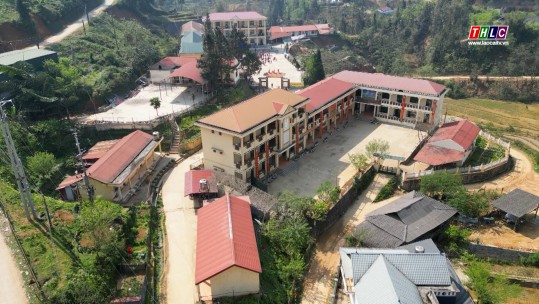
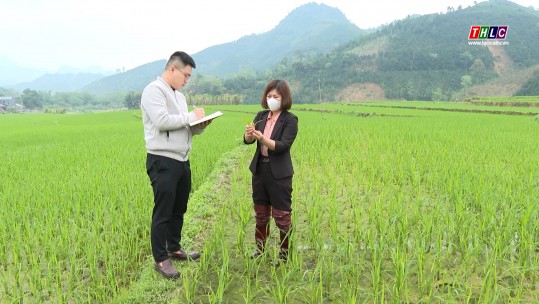
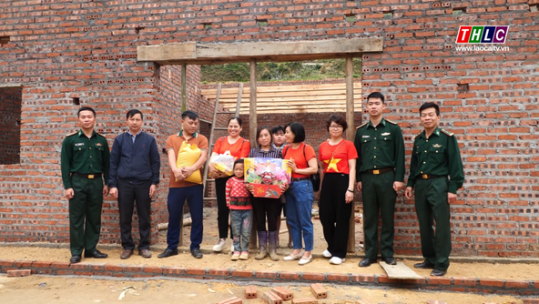
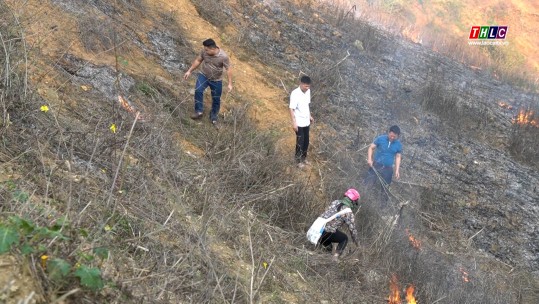
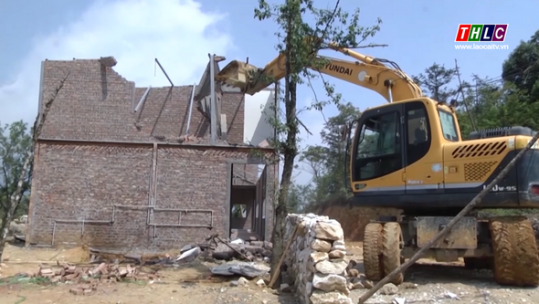



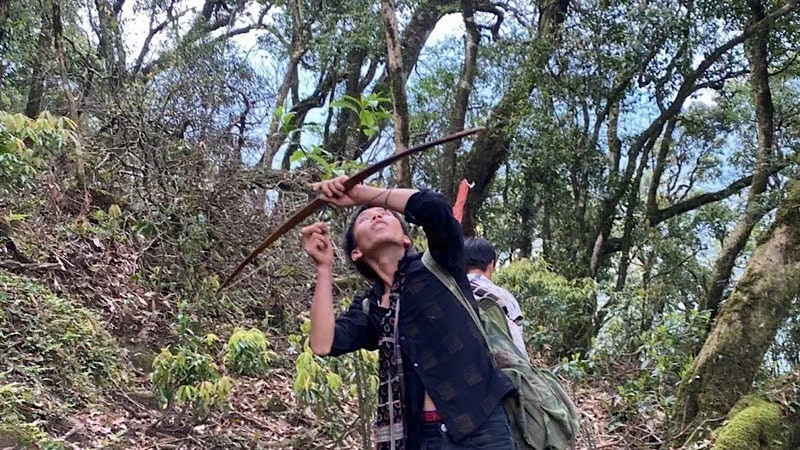
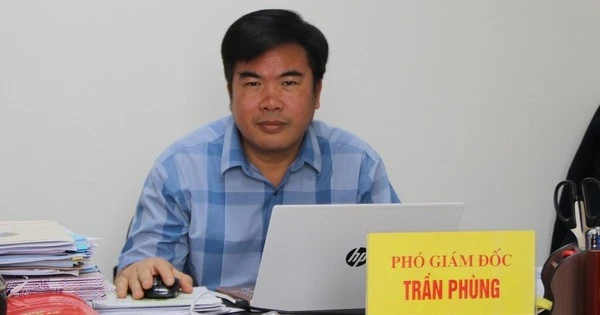

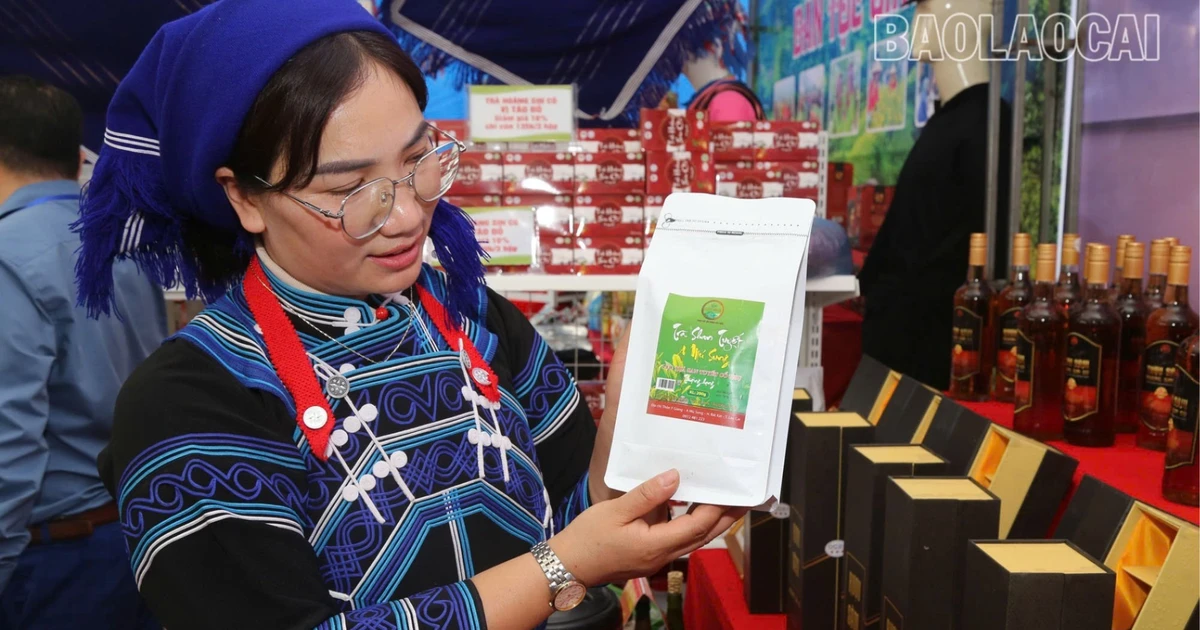
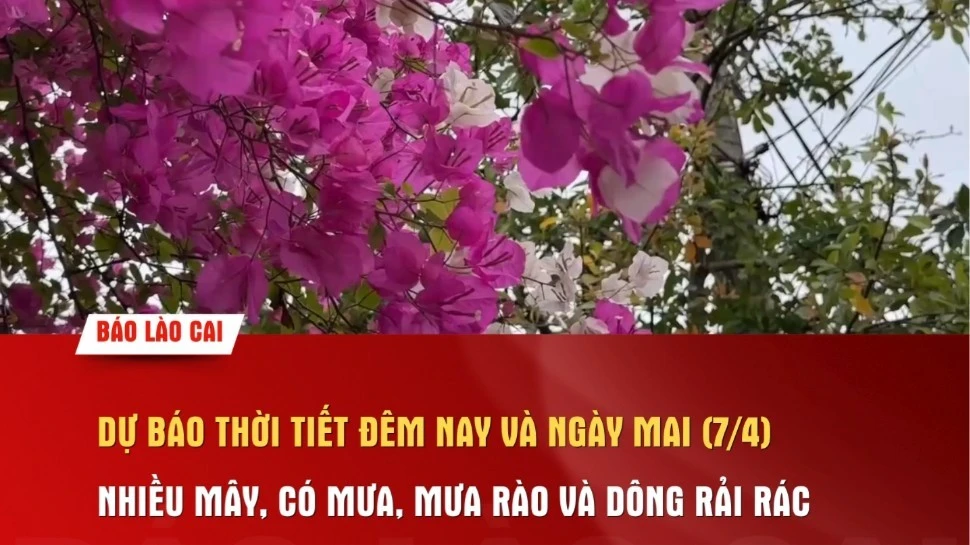





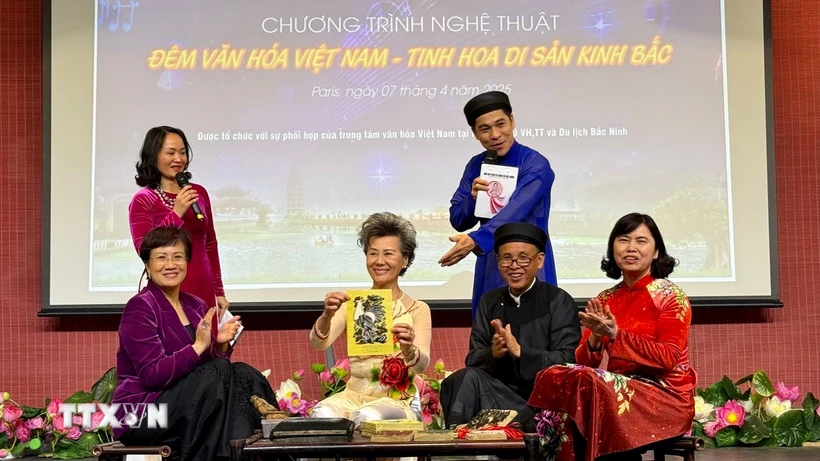

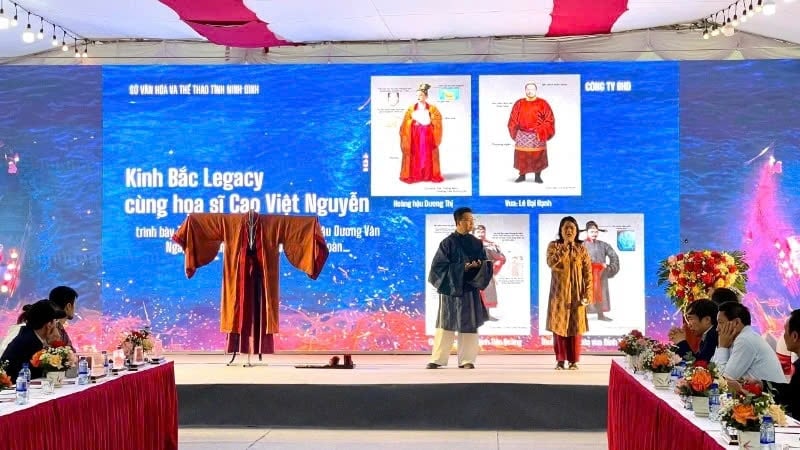



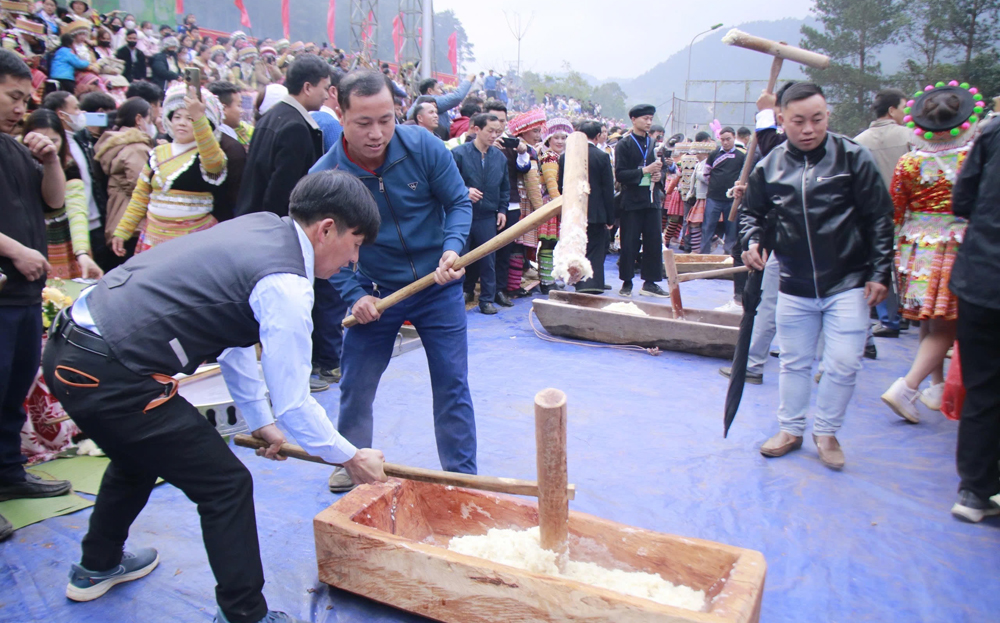



















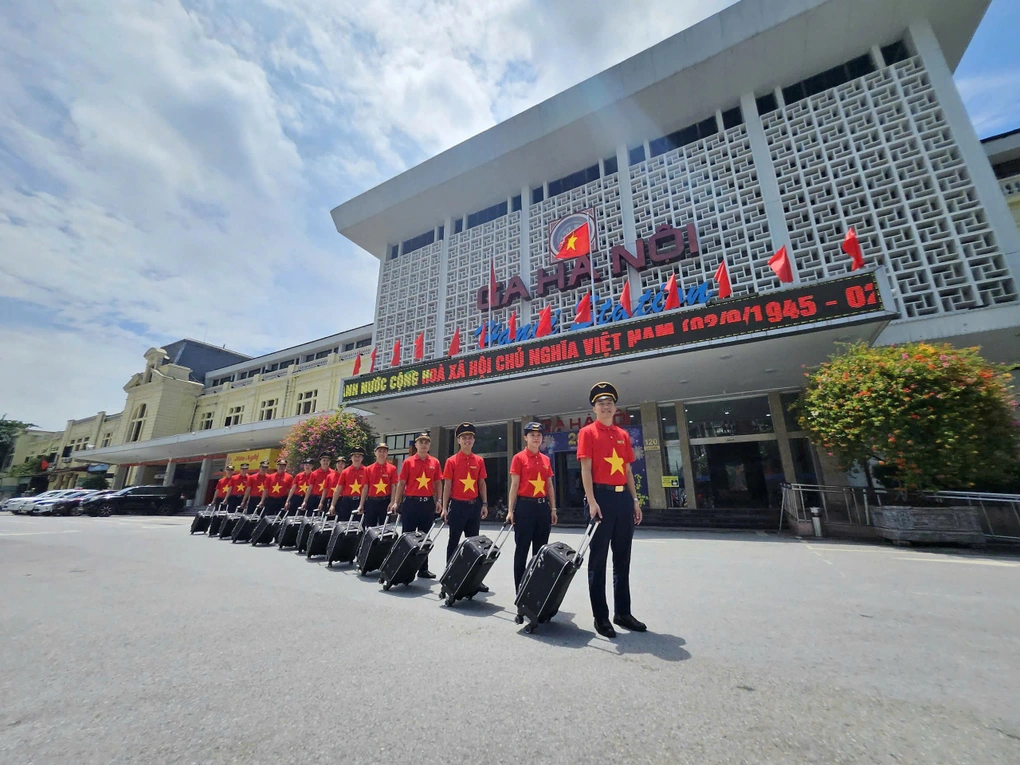














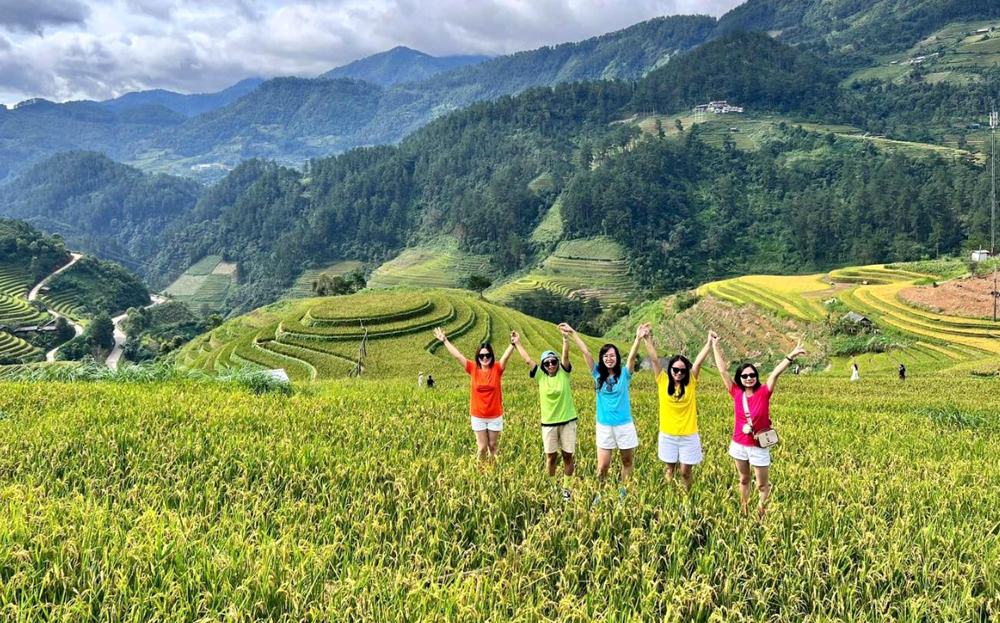




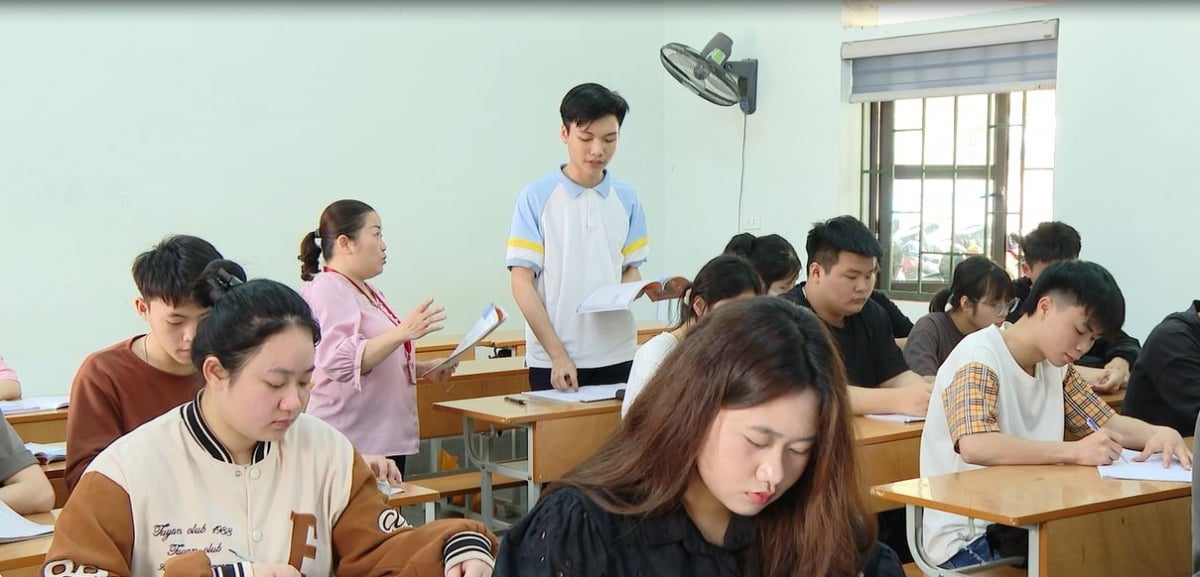








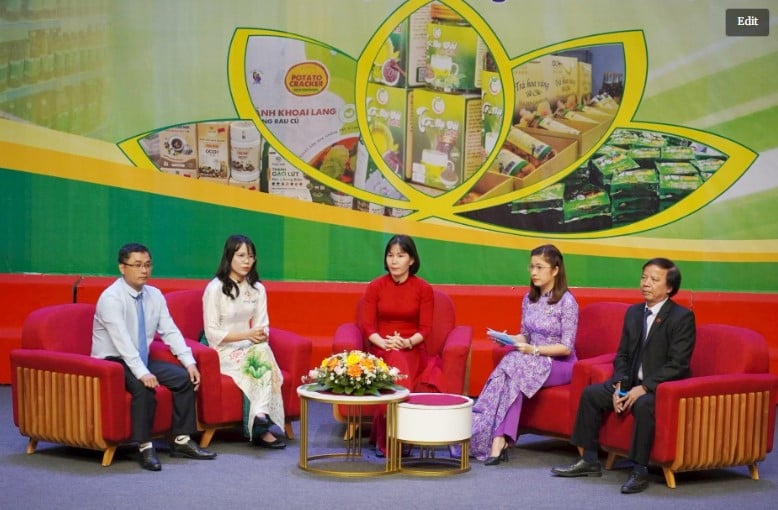

Comment (0)